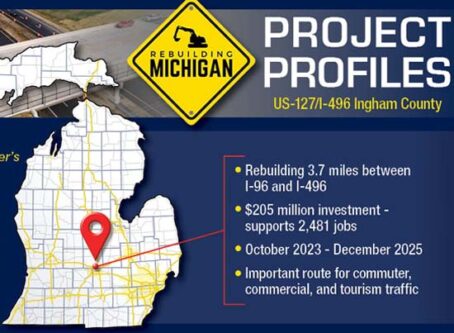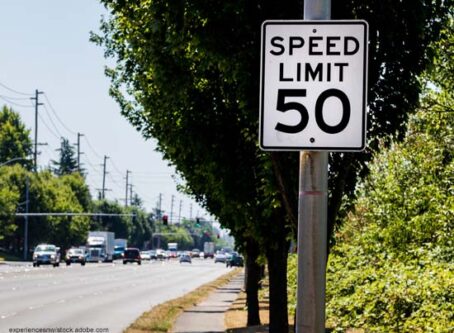California bill addresses wildlife-vehicle collisions
One bill nearing passage at the California statehouse addresses concern about wildlife and vehicular traffic interactions throughout the state.
Senate lawmakers could soon take up for final passage a bill to require the California Department of Fish and Wildlife to work with the California Department of Transportation to establish a wildlife connectivity action plan.
The bill, AB2344, would mandate the agencies to identify areas with high rates of wildlife-vehicle collisions and implement priority projects that improve connectivity with passage features that include overpasses, underpasses and directional fencing.
The action plan would be required to be updated at least once every five years.
Assembly lawmakers approved the bill this spring. If approved without Senate changes, AB2344 would head to the governor’s desk.
Supporters highlight numbers
Advocates say action is needed because the state highway system imposes significant barriers to wildlife habitat connectivity. They add by reducing the impacts of roads on wildlife that climate change would be improved by facilitating migration, and roadway travel would be safer.
More than 8,000 large game wildlife-vehicle collisions occurred statewide during a recent six-year period, according to the California Highway Patrol. The incidents resulted in more than 1,500 injuries and at least 24 fatalities to vehicle occupants.
Additionally, based on insurance claims from one insurance provider California averaged nearly 1,000 collisions monthly with large wildlife over a two-year period.
The University of California, Davis Road Ecology Center estimates the total cost of reported wildlife-vehicle collisions over a 12-month period was at least $300 million.
Critics focus on funding concerns
Opponents say the mandate that new projects or improvements to existing infrastructure or projects be constructed so there is no barrier to fish and wildlife movement would lead to extra cost. As a result, they say the mandate would require the amount of program funds available for major repairs, safety improvements or routine maintenance.
Additionally, they add that while the Department of Fish and Wildlife has received a variety of general fund monies to help address funding needs, it is unclear where or what resources will be used to implement the bill.
Available funds touted
The Senate Appropriations Committee reports the costs of a wildlife crossing within the state ranges from $1.5 million to $150 million.
Caltrans estimates ongoing costs for the program to be in the “low hundreds of millions of dollars annually.” The costs would cover developing the action plan and project list, and to enable the agency to implement at least 10 projects yearly and to fulfill the other requirements of the bill.
The committee adds that recent state and federal allocations for wildlife crossings can aid plans to address the issue.
Gov. Gavin Newsom’s 2021 budget allocated $61 million to build wildlife crossings across the state. The federal Infrastructure Investment and Jobs Act includes $350 million nationwide over five years for a wildlife crossing pilot program. LL
More Land Line coverage of news from California is available.









